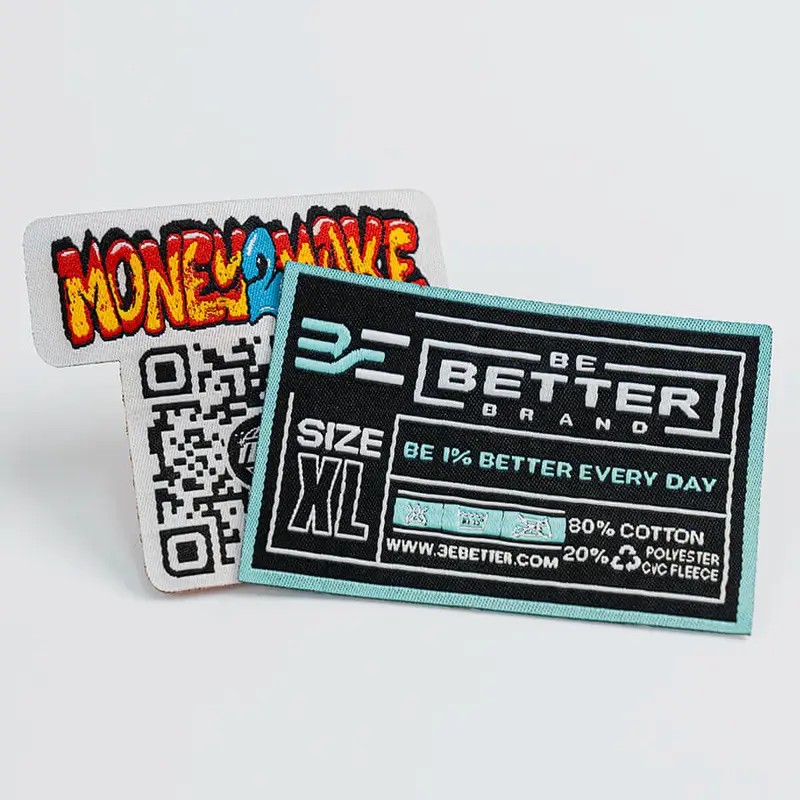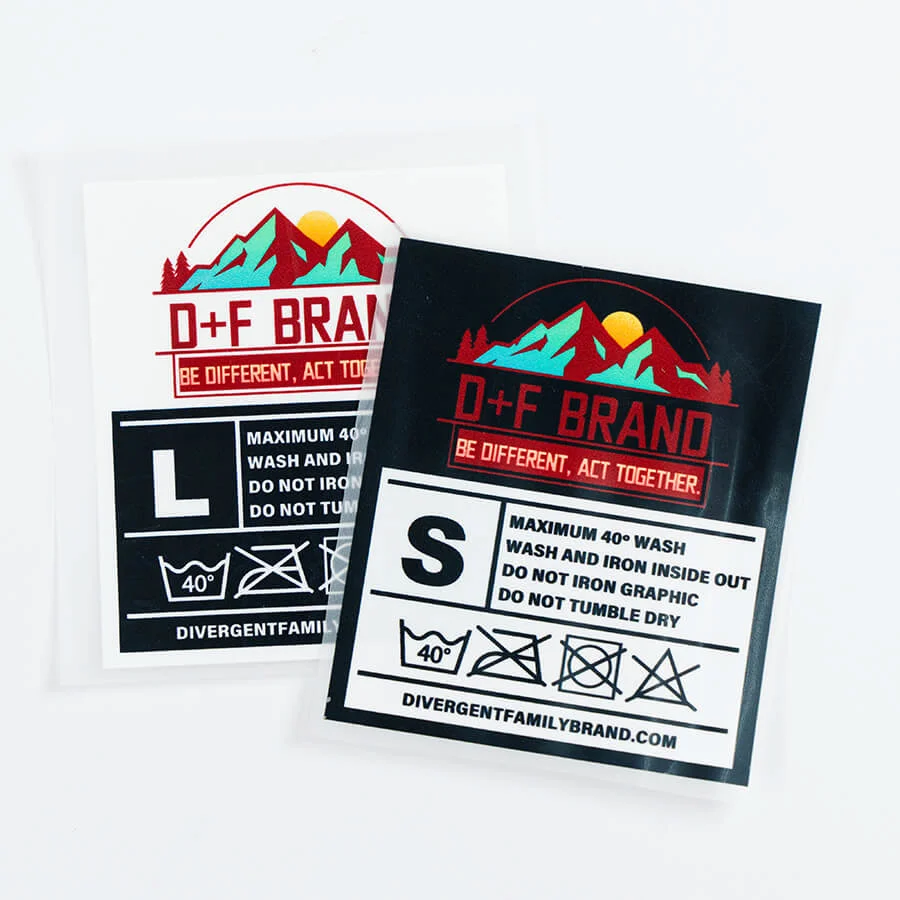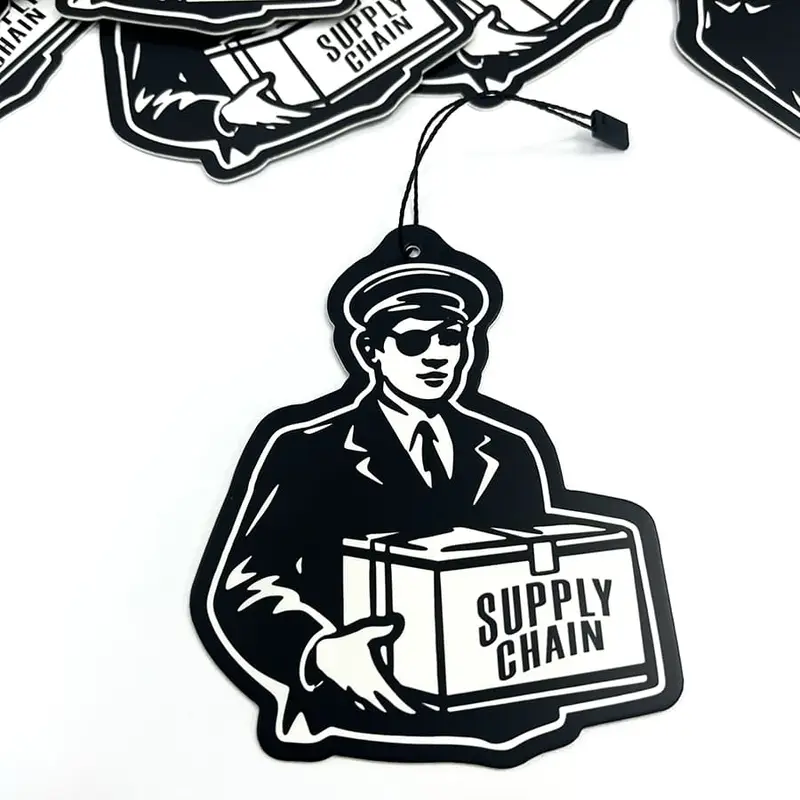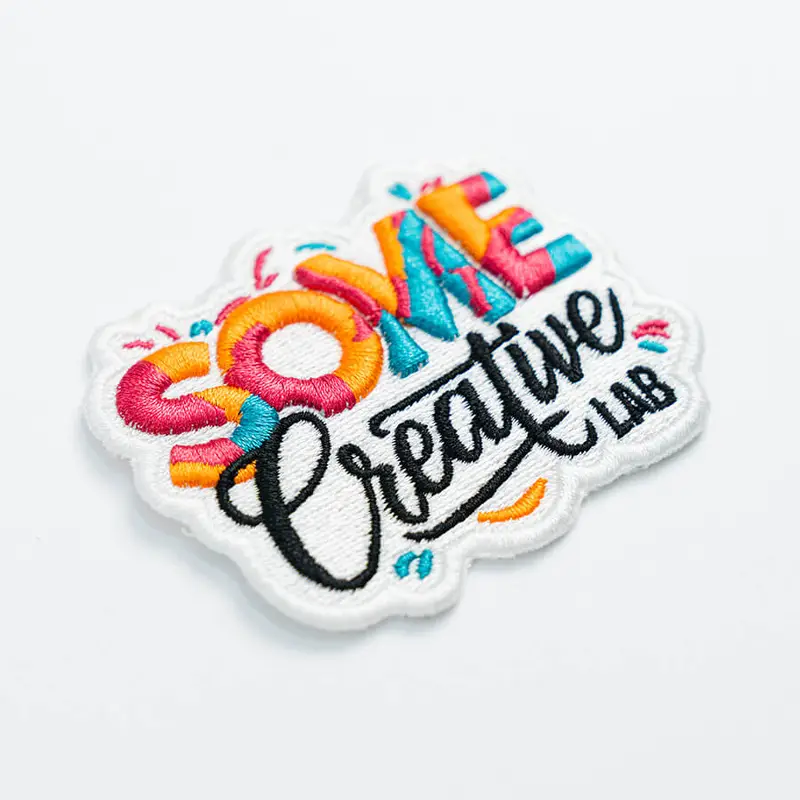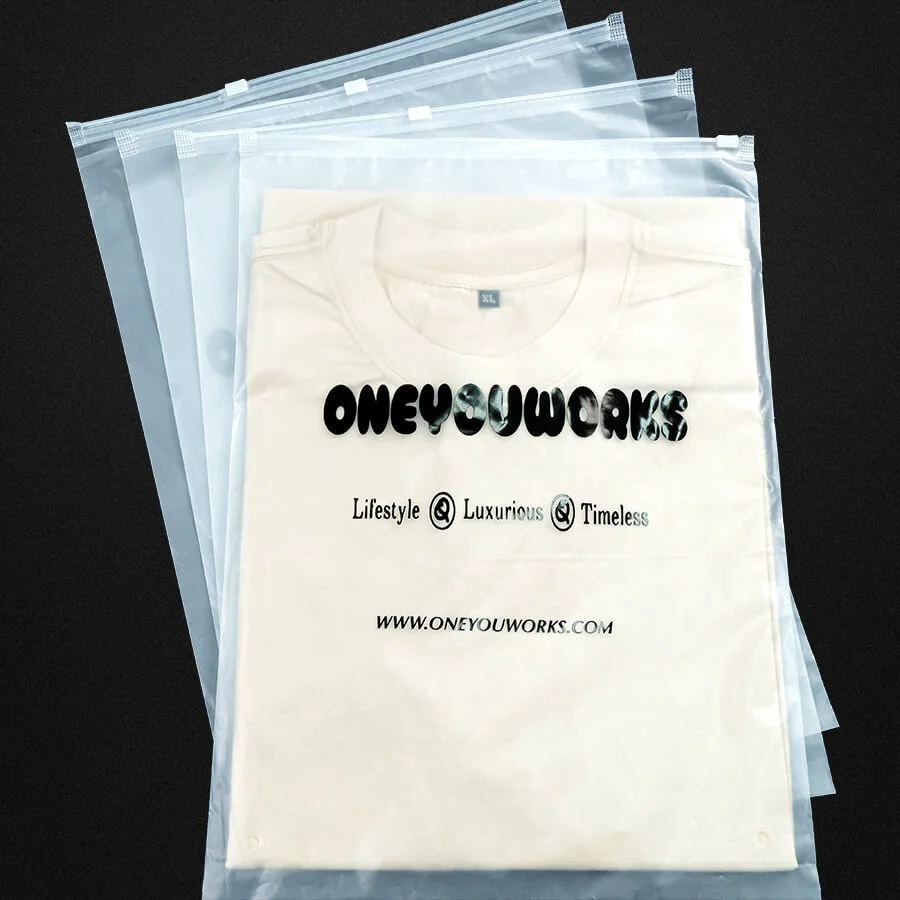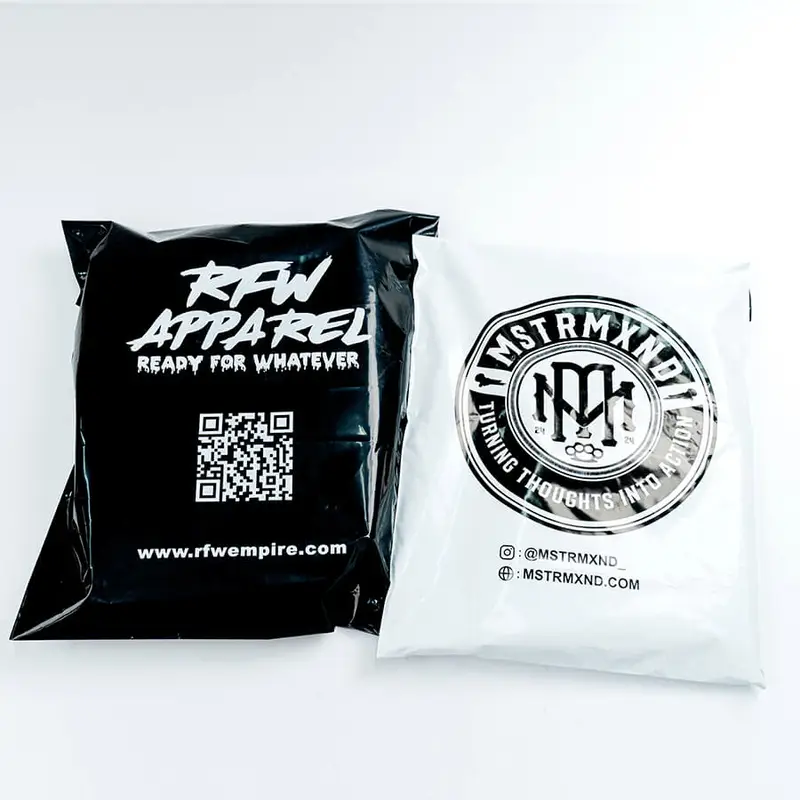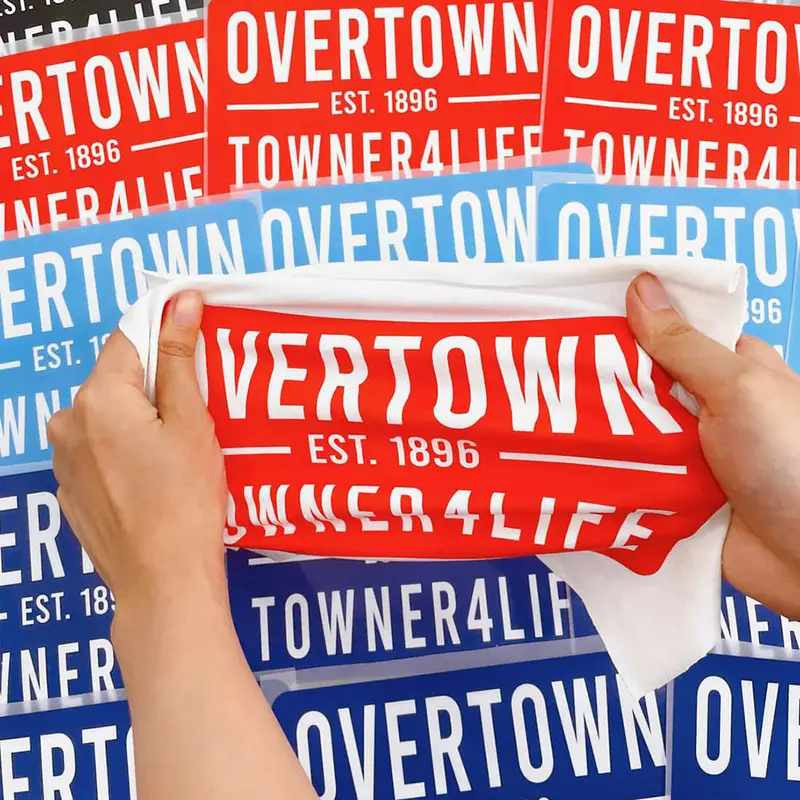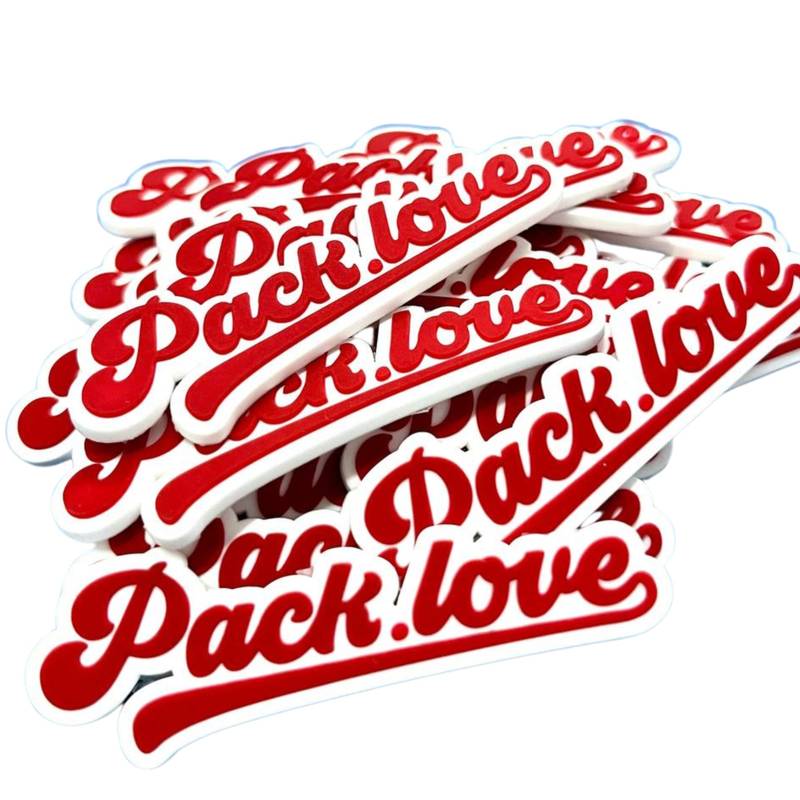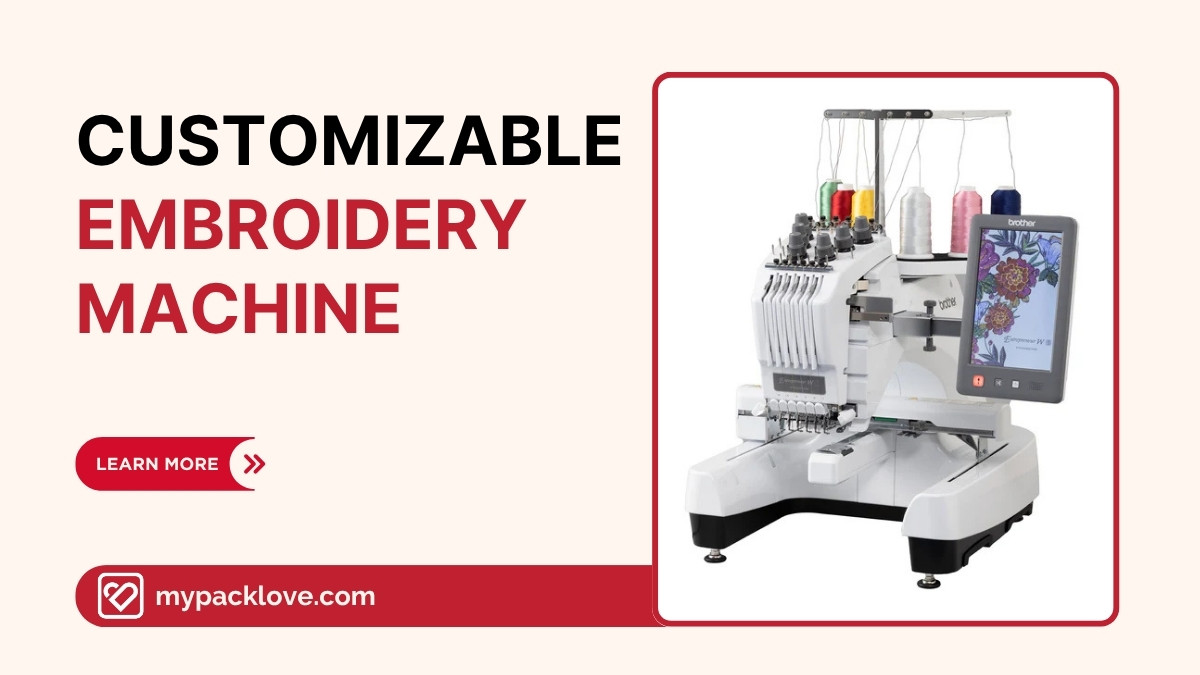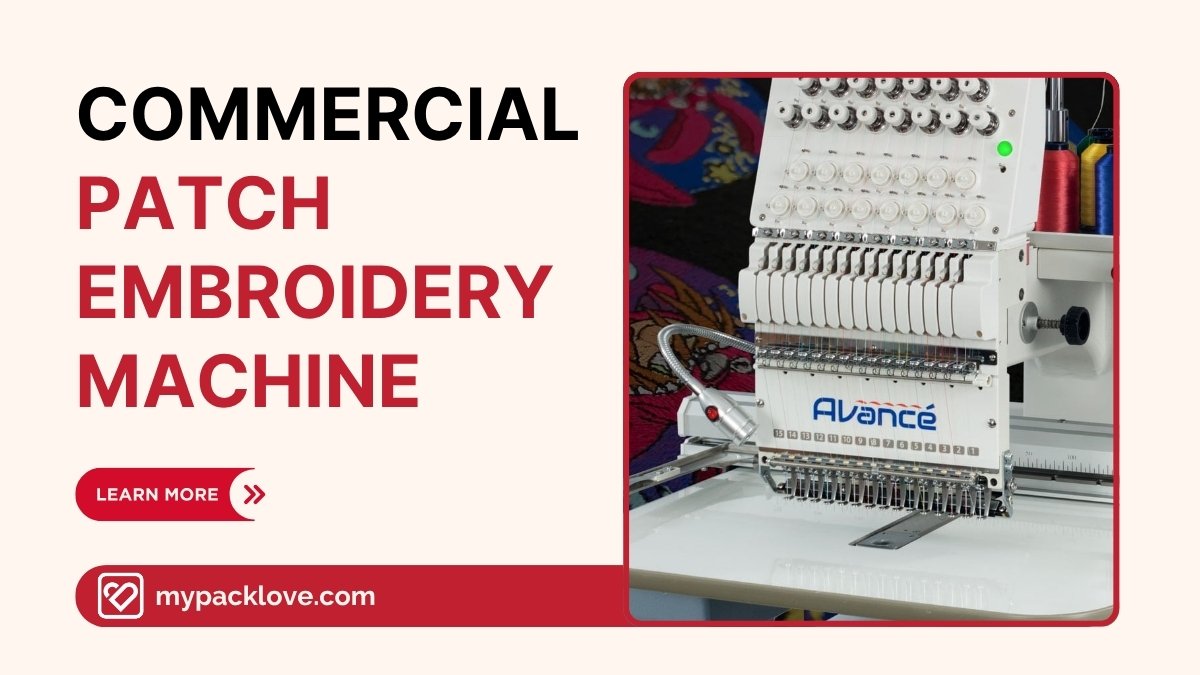History of Zipper Bags: From 1950s to Now – Packlove
Zipper bags, seemingly simple, hold a rich history and remarkable versatility. From their humble beginnings to their ubiquitous presence in homes and businesses, these everyday containers have evolved to meet diverse needs. This article delves into the fascinating history of zipper bags, exploring their development and the myriad ways they’ve impacted industries from food storage to product packaging. We’ll unravel the different types available, highlight their applications, and introduce Packlove—your trusted source for a wide range of zipper bag solutions, including custom options, designed to enhance your needs and elevate your brand.
1. The early days: zipper origins and the first zipper bag
1.1 Whitcomb Judson and the “Clasp Locker”
In the late 19th century, amidst a burgeoning industrial revolution, Whitcomb Judson, an American inventor, made a significant contribution to the world of closures with his “clasp locker”. This innovative invention, patented around 1893, predated the modern zipper by several decades and represented a crucial stepping stone in the development of the technology we use today. Judson’s clasp locker, a complex interlocking system of metal teeth, was a forerunner of the zipper, albeit in a form that had its limitations.
Judson’s clasp locker, while a groundbreaking invention for its time, faced initial challenges in gaining widespread adoption. The intricate mechanism, requiring precise alignment of teeth, wasn’t as user-friendly as later iterations of the zipper.
Limited applications, such as use in luggage or clothing, didn’t match the versatility later seen in the modern zipper’s design. Despite the potential, widespread adoption of the clasp locker remained elusive in those early days. The innovation demonstrated a nascent understanding of the need for a robust and seamless closure mechanism, but the technology was not yet refined for mass appeal.
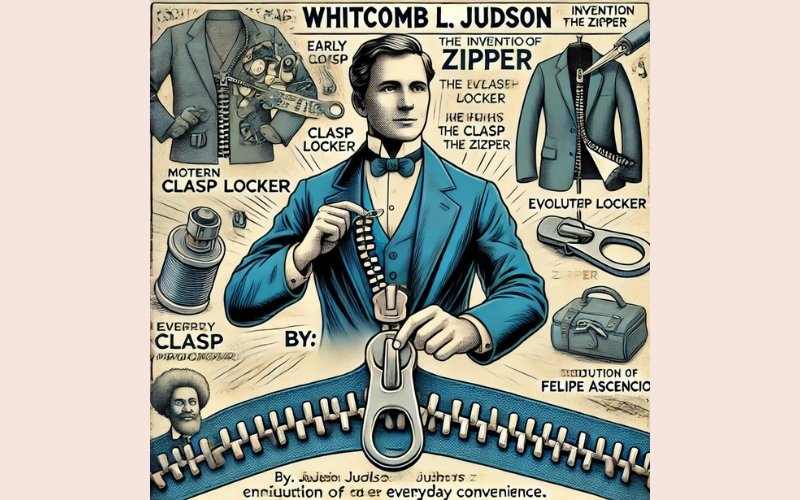
1.2 Borge Madsen and the Slider Innovation
Borge Madsen’s 1954 innovation significantly advanced the zipper bag, introducing a critical element: the slider. His invention marked a crucial turning point, transforming zipper bags from simple closures to practical, resealable containers.
Madsen’s slider mechanism enabled users to effortlessly open and close the bag, creating an airtight and watertight seal, unlike the more cumbersome mechanisms of the time. This simple yet ingenious solution opened the door to new applications, making the zipper bag more than just a closure, but a versatile container.
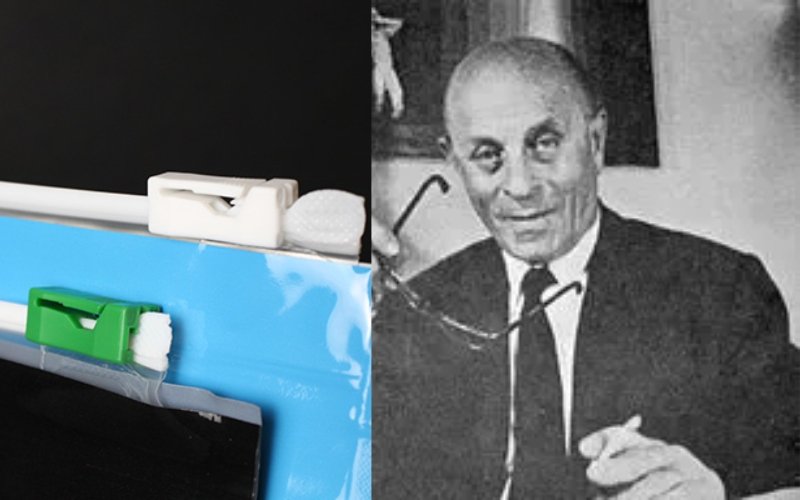
1.3 Birth of the Modern Zipper Bag
Steven Ausnit’s invention of the first plastic zipper bag marked a pivotal moment in packaging history. While the basic zipper mechanism existed, Ausnit’s creation, likely patented around this period, introduced the now-familiar combination of plastic and a functional zipper into a practical, commercially viable form.
The key to his success was the innovative interlocking track design, which ensured a robust and secure seal. This feature, seemingly simple, made the plastic zipper bag significantly more user-friendly and durable compared to earlier designs.
This new combination of materials and engineering facilitated a revolutionary shift in packaging. Ausnit’s invention, though initially used in specific niche markets, like the nascent food packaging sector, demonstrated the potential for this technology.
The ability to efficiently seal and store various products, from food to personal items, became a practical solution in sectors seeking a more consistent, reliable, and hygienic approach to packaging. These interlocking tracks not only sealed the bag efficiently but also withstood the demands of repeated use, paving the way for wider commercial applications.
2. The rise of Ziploc: revolutionizing food storage
2.1 Flexigrip and the Minigrip Bag
Flexigrip Inc. played a significant role in the evolution of resealable plastic bags, particularly with the development of the Minigrip. This innovative bag, an early iteration of the modern resealable plastic packaging, benefited from a crucial partnership with Steven Ausnit, whose pioneering work on the underlying plastic zipper bag technology proved invaluable.
This collaboration marked a turning point in the packaging industry, offering a solution to sealing and storing various products more effectively and conveniently. The Minigrip’s design, drawing on Ausnit’s patents and Flexigrip’s manufacturing capabilities, represented a considerable advance in practicality and usability.
The Minigrip’s early success established a blueprint for future resealable bag designs and helped Flexigrip become a key player in the emerging market for plastic packaging.
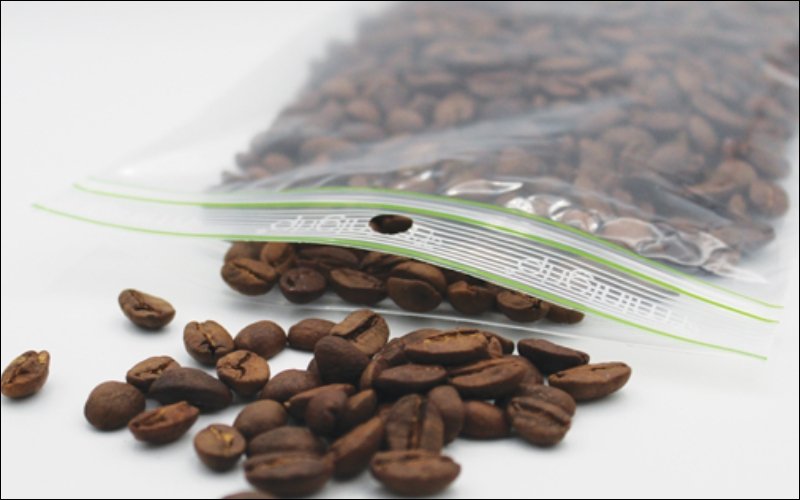
2.2 Dow Chemical and the Ziploc Brand
Dow Chemical’s acquisition of Minigrip in 1968 marked a significant leap forward in the history of resealable plastic bags. This acquisition brought together Dow’s substantial manufacturing capabilities with the innovative Minigrip technology, setting the stage for the launch of the iconic Ziploc brand.
The introduction of Ziploc bags coincided with a growing consumer demand for convenient food storage solutions, and Dow capitalized on this by effectively positioning the product as a household essential.
Aggressive marketing campaigns played a pivotal role in popularizing Ziploc bags. They effectively highlighted the convenience, hygiene, and durability of the product, appealing to a wide range of consumers. The marketing strategy communicated the numerous advantages of using Ziploc bags for storing leftovers, meal prepping, and freezing food, emphasizing the clear and airtight seals as key to freshness and food safety.
This marketing success not only popularized Ziploc bags within the home but also positioned them as a viable option for businesses and industries seeking reliable and convenient packaging. The widespread adoption of Ziploc bags solidified their place as a ubiquitous fixture in kitchens across America.
2.3 Impact on food preservation and household organization
The introduction of Ziploc bags revolutionized food storage and preservation, bringing significant benefits to both households and businesses. The convenient, airtight seal of Ziploc bags dramatically improved food freshness and safety.
By preventing air and moisture from entering, Ziploc bags effectively minimized freezer burn, a common issue with traditional freezing methods. This resulted in significantly extended shelf life for frozen foods, minimizing waste and offering more flexibility in meal planning and preparation.
Beyond food storage, Ziploc bags demonstrated surprising versatility in household organization. Their robust design and secure seals made them useful for storing small items, ranging from craft supplies to office essentials.
Their lightweight nature made them convenient for travel, enabling easy organization of toiletries, accessories, or even important documents. This adaptability—from kitchen to travel—further solidified Ziploc bags’ position as an essential tool in the modern household.

3. Packaging Innovations Unwrapped
3.1 Material advancements: From polyethylene to biodegradable options
Polyethylene has consistently been the dominant material in zipper bag manufacturing, and its evolution has significantly shaped the industry. Early zipper bags relied on relatively simple polyethylene formulations, but the demands of various applications—particularly for freezer bags and vacuum-seal bags—pushed manufacturers to develop more specialized materials.
These advancements focused on enhancing durability and resistance to punctures or tears, ensuring the bags could withstand the rigors of repeated use and the pressures associated with various storage methods.
Over time, the need for sustainable solutions led to the development of biodegradable and compostable zipper bag options. Responding to growing environmental concerns, manufacturers began exploring alternatives to traditional plastics.
This evolution reflects a crucial shift in consumer priorities toward eco-friendly packaging. These materials, while often more expensive initially, offered a compelling alternative for those seeking to minimize their environmental impact while still retaining the convenience and functionality of zipper bags. The development of these materials highlights a wider industry trend towards more sustainable practices.
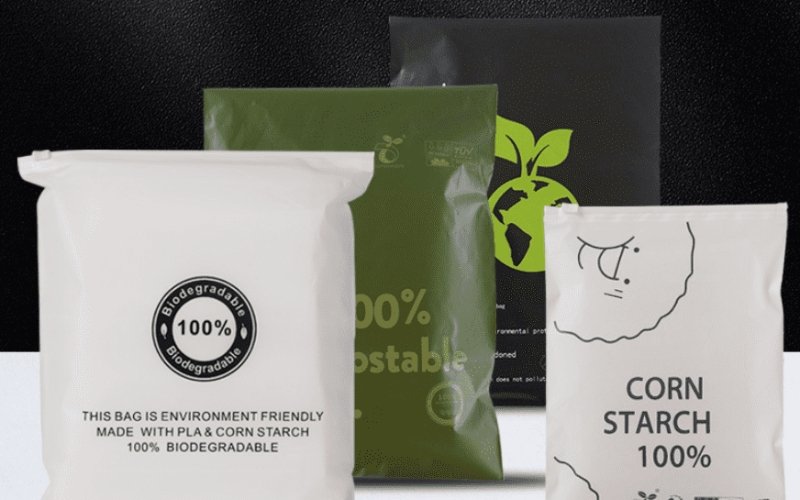
3.2 Design innovations: Sizes, shapes, and features
Zipper bag design has undergone significant diversification, expanding far beyond the basic shape. The range of sizes—from small snack-sized pouches to larger gallon-sized options—now caters to a wide variety of needs and applications. This variety makes zipper bags remarkably adaptable, offering tailored solutions for everything from storing small items to containing larger quantities of food or other goods.
Design innovations extend beyond size to include features like stand-up pouches. These innovative shapes provide a unique storage method, standing upright for convenient organization and maximizing space utilization, especially in areas where storage space is at a premium.
The addition of gusseted bottoms enhances the bags’ capacity and functionality, allowing for more flexible storage of items with varying shapes. Additionally, different closure mechanisms, from standard zippers to specialized valve systems, reflect the diverse needs of users, whether it’s maintaining a precise airtight seal for food storage or accommodating specific product characteristics.
This evolution reflects a focus on meeting diverse user needs and improving functionality across a variety of applications.
3.3 Expanding applications: Beyond the kitchen
Zipper bags, while initially associated with food storage, have demonstrated remarkable versatility, expanding far beyond the kitchen. Their use now extends across various industries, showcasing their adaptability and efficiency.
In the pharmaceutical sector, for instance, zipper bags are frequently utilized to store medications, providing a secure and airtight environment to protect the potency and purity of the contents. Similarly, they are invaluable in the electronics industry for safely packaging and transporting delicate components, ensuring they arrive at their destination undamaged and protected from moisture.
The cosmetics industry also leverages zipper bags, using them for packaging product samples, showcasing product aesthetics in a secure and controlled way. This highlights the bags’ capability to serve a range of purposes, exceeding their initial role in the household.
Beyond these specific examples, the versatility of zipper bags extends to various industrial applications, from storing tools and equipment to packaging materials, showing their adaptability as a fundamental component in modern supply chains and logistics.
4. Zipper bags in the modern world
4.1 Zipper bags and the packaging industry
Zipper bags have become a cornerstone of the modern packaging industry, recognized for their crucial role in packaging diverse products. Their resealability and protective qualities have made them a staple, addressing various needs across numerous sectors.
The ability to reseal the bag ensures that products maintain their freshness and integrity, which is crucial for many applications. This has made them increasingly important in product packaging across a wide array of industries. The versatility of the design also contributes to market trends toward customized and sustainable packaging solutions, making them a sought-after option.
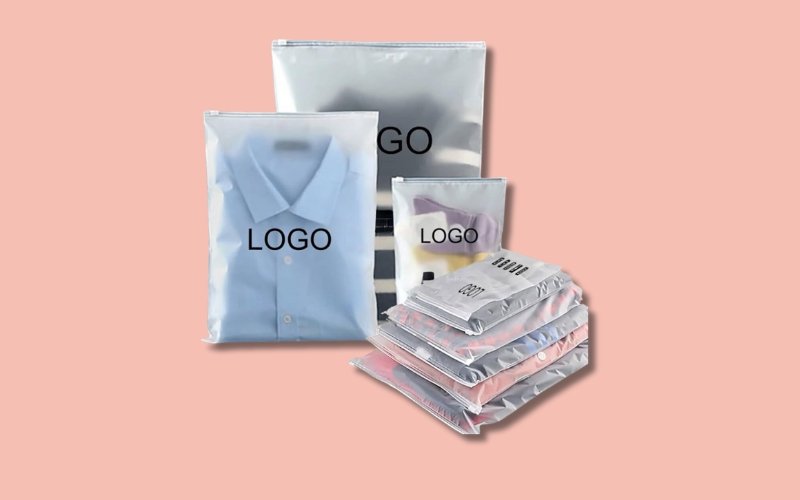
4.2 Zipper bags and sustainability
Traditional plastic zipper bags contribute significantly to plastic waste, a pressing environmental concern. The widespread use and often-transient nature of these bags lead to substantial accumulation in landfills and, unfortunately, contribute to pollution in the environment. The longevity of plastic in the environment is a major concern, impacting ecosystems and posing risks to wildlife.
Recognizing this impact, there’s a burgeoning trend toward sustainable zipper bag options. Biodegradable and compostable materials are gaining popularity, offering a more environmentally friendly alternative to traditional plastics.
These options, often derived from renewable resources, are designed to break down naturally, significantly minimizing their long-term environmental impact. However, it’s crucial to differentiate between biodegradable and compostable materials, as proper disposal in designated composting facilities is necessary for complete breakdown and environmental benefit.
Ultimately, responsible use and proper disposal are key to minimizing the environmental footprint of zipper bags, regardless of material. Choosing sustainable options, combined with mindful use and disposal, fosters a more environmentally friendly approach to packaging and storage. This conscientious effort will help reduce the overall impact of these essential products.
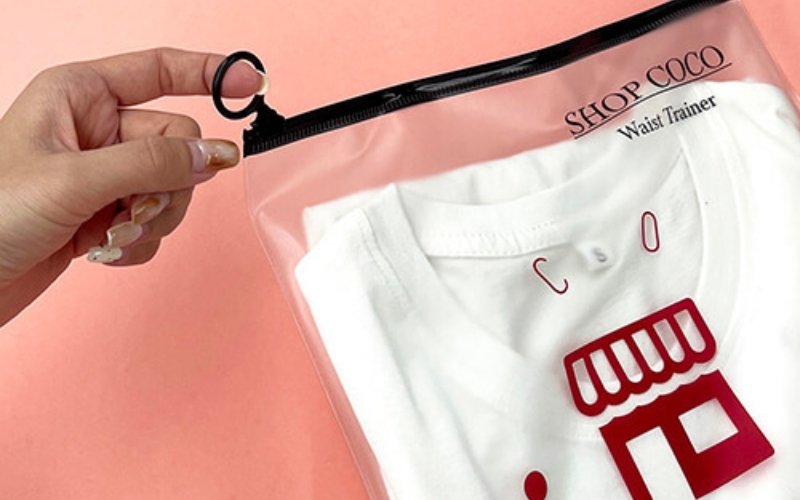
4.3 The future of zipper bags
The future of zipper bags promises exciting innovations, extending far beyond the current iterations. We can anticipate the development of smart packaging, integrating sensors into the bags to monitor factors like temperature and humidity, providing real-time data on the condition of stored products.
This technology would allow for more sophisticated and precise preservation of perishable goods, offering significant advancements in food safety and freshness. Further advancements in biodegradable materials are also on the horizon. Researchers are continuously exploring new options, potentially leading to even more robust and effective bioplastics for zipper bags.
Furthermore, “active packaging” technologies, which utilize incorporated materials to extend shelf life through controlled release of antimicrobial agents or moisture management, are likely to become more integrated into zipper bag design.
These innovations will address critical needs and challenges in food preservation, logistics, and waste management. The ongoing evolution of zipper bags reflects a broader movement toward more sustainable and efficient packaging solutions.
5. FAQs about the history of zipper bags
5.1 Who invented the zipper bag for food storage?
While Whitcomb Judson’s “clasp locker” and Borge Madsen’s slider mechanism were crucial steps in the development of the zipper, Steven Ausnit is credited with inventing the first plastic zipper bag designed specifically for food storage. His innovation combined the functionality of a secure zipper with the practicality of plastic, paving the way for the ubiquitous food storage bags we use today.
5.2 When did Ziploc bags become popular?
Ziploc bags, introduced by Dow Chemical in 1968, rapidly gained popularity throughout the 1970s, becoming a ubiquitous household item thanks to their convenience and effectiveness in food preservation.
5.3 What are zipper bags made of?
Most zipper bags are made from polyethylene, a common plastic. However, increasingly, biodegradable and compostable options are available, often made from plant-based materials.
5.4 What were zipper bags used for during WWII?
While the ubiquitous, modern zipper bag wasn’t common during World War II, the U.S. Army utilized zippered pouches for various essential functions. These pouches, while not the same as today’s zipper bags, were crucial for keeping maps and personal belongings dry and organized, highlighting the early need for waterproof and resealable storage solutions.
5.5 How have zipper bags impacted the environment?
Traditional plastic zipper bags contribute significantly to plastic waste, a growing environmental concern. However, the rise of biodegradable and compostable alternatives, coupled with increased awareness of responsible consumption and disposal practices, are working to mitigate this impact.
6. Packlove – Providing custom zipper bags for all your needs
6.1 Packlove’s zipper bag offerings
Packlove is dedicated to providing high-quality, custom packaging solutions, with a particular focus on innovative and versatile zipper bags. Our diverse range includes clear zipper bags, custom-printed zipper bags, frosted zipper bags, and food-grade zipper bags, catering to a broad spectrum of needs.
We empower businesses and individuals to personalize their packaging, choosing from a variety of sizes, materials (including eco-friendly options), and vibrant printing capabilities. This customization allows our clients to create packaging that accurately reflects their brand and aligns with their values.
6.2 Why choose Packlove?
Choose Packlove for high-quality zipper bags at competitive prices, backed by exceptional customer service and fast turnaround times, regardless of order size. We provide reliable solutions for businesses and individuals seeking the perfect zipper bags, whether for impactful branding, secure product packaging, or convenient personal use.
Our commitment to quality materials ensures lasting durability, while our responsive customer service helps you find the ideal solution for your needs. With Packlove, you get the perfect zipper bag, quickly and affordably.
6.3 How to order zipper bag from Packlove
Ordering zipper bags from Packlove is straightforward and efficient. First, select the desired zipper bag type—from clear to custom-printed—then choose the perfect size and design. Next, carefully consider the customization options, such as material choices and printing preferences.
Once you have finalized your selections, submit your request through our user-friendly website. Our website provides a seamless ordering process, guiding you through each step of the customization process. For a free quote or to discuss your custom zipper bag needs further, please contact us directly.
Read more:
From Whitcomb Judson’s pioneering “clasp locker” to the modern innovations in zipper technology, the journey of the zipper bag showcases remarkable progress. Borge Madsen’s slider mechanism and Steven Ausnit’s introduction of the first plastic zipper bag laid the groundwork for the widespread adoption of these versatile containers, profoundly impacting various sectors.
Ziploc bags became ubiquitous in households worldwide, revolutionizing food preservation and organization. Their convenience, versatility, and crucial role in modern life demonstrate their continuing importance. The future of zipper bags points towards sustainable options and customized solutions, with companies like Packlove playing a key role in developing innovative packaging solutions that meet evolving needs and environmental concerns.

